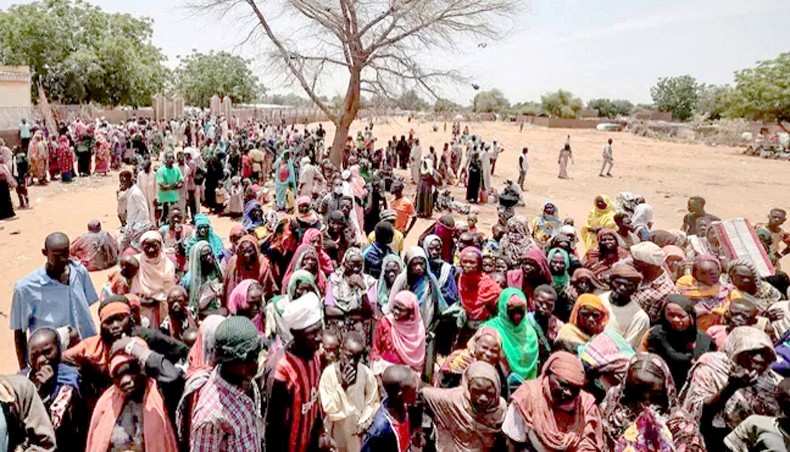WHILE much of the world remains fixated on the torrent of horrific news from Israel and the Palestinian territories, the appalling war in Sudan is getting next to no media attention. Even in the months before the Hamas terrorist attack of October 7 and the subsequent continual bombardment of the Gaza Strip by the Israel Defence Forces, international coverage of the devastating power struggle between the Sudanese Armed Forces and the paramilitary Rapid Support Forces was virtually non-existent.
When the office tower of the state-owned Greater Nile Petroleum and Oil Company, GNPOC, at the confluence of the White and Blue Nile went up in flames on September 17, only a few Western media outlets considered the conflagration newsworthy, although the apocalyptic images of fire engulfing the futuristically designed skyscraper — rather ironically reminiscent of skylines in the Gulf — would have been widely used in most other contexts. The lack of interest in Germany is all the more striking, considering that current public discourse there revolves incessantly around the heated topic of migration, and Sudan is becoming the new centre of a real refugee crisis.
The statistics on the humanitarian situation in Sudan are catastrophic and yet only give a faint idea of the scale of the actual suffering. According to United Nations estimates from early December, since the outbreak of the violent power struggle between the SAF and the RSF on April 15 of this year, nearly seven million people have been displaced — that’s over 13 per cent of the population. Some 1.3 million Sudanese citizens have fled abroad, most to Chad, South Sudan and Egypt.
Read more: newagebd.net
Photo: newagebd.net


Leave a Reply